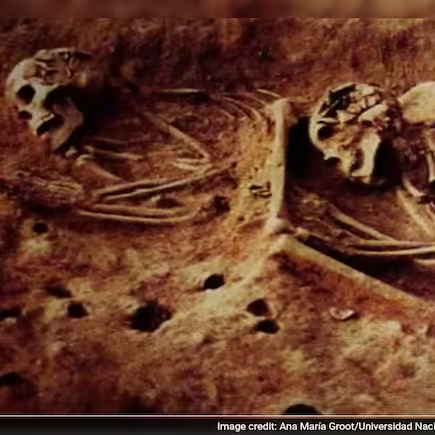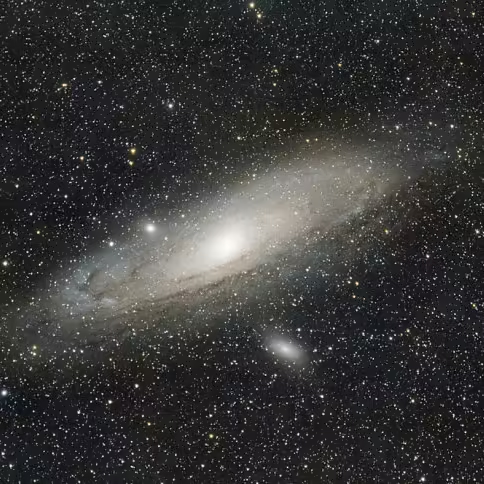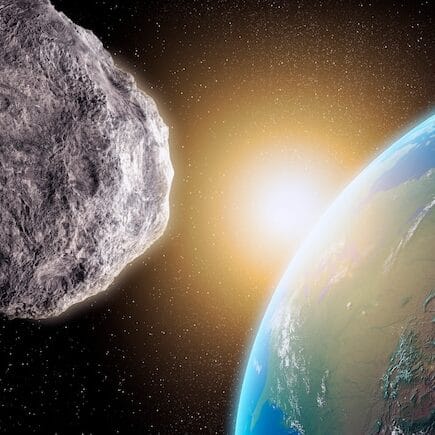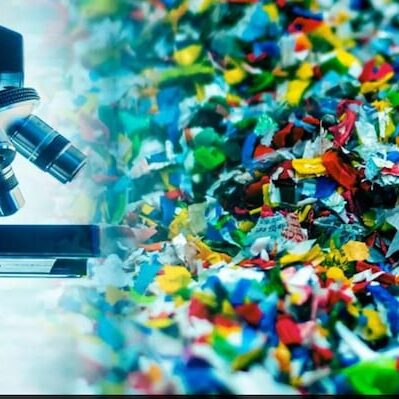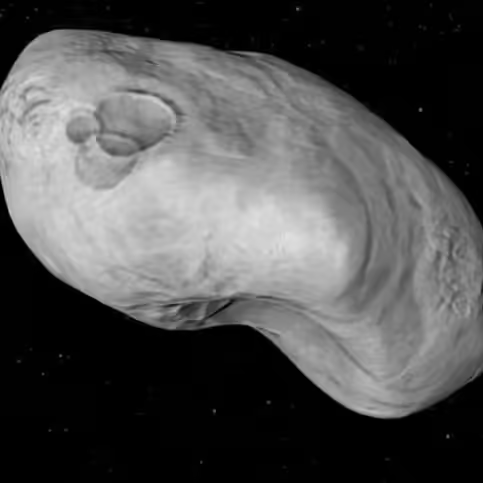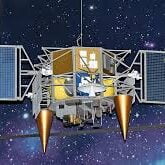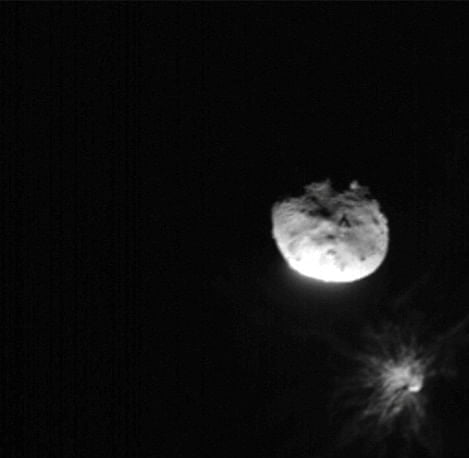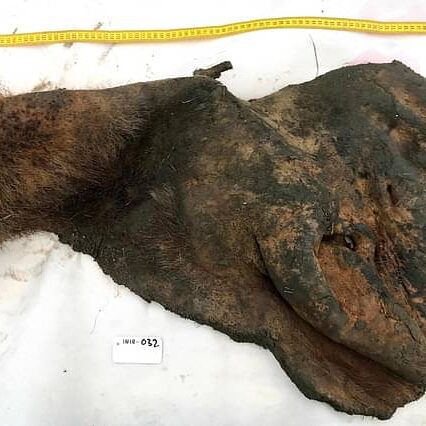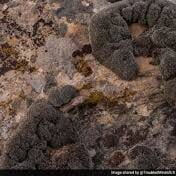William Anders, the former US astronaut who captured the iconic “Earthrise” photo from the Apollo 8 mission in 1968, died at 90 in a plane crash off Washington state’s coast on Friday. Anders, along with Frank Borman and James Lovell, became one of the first humans to reach the Moon during that mission. The “Earthrise” image, showing Earth against the darkness of space, is considered one of the most influential photographs in history. NASA chief Bill Nelson paid tribute to Anders, praising his embodiment of exploration’s purpose. .AFP
